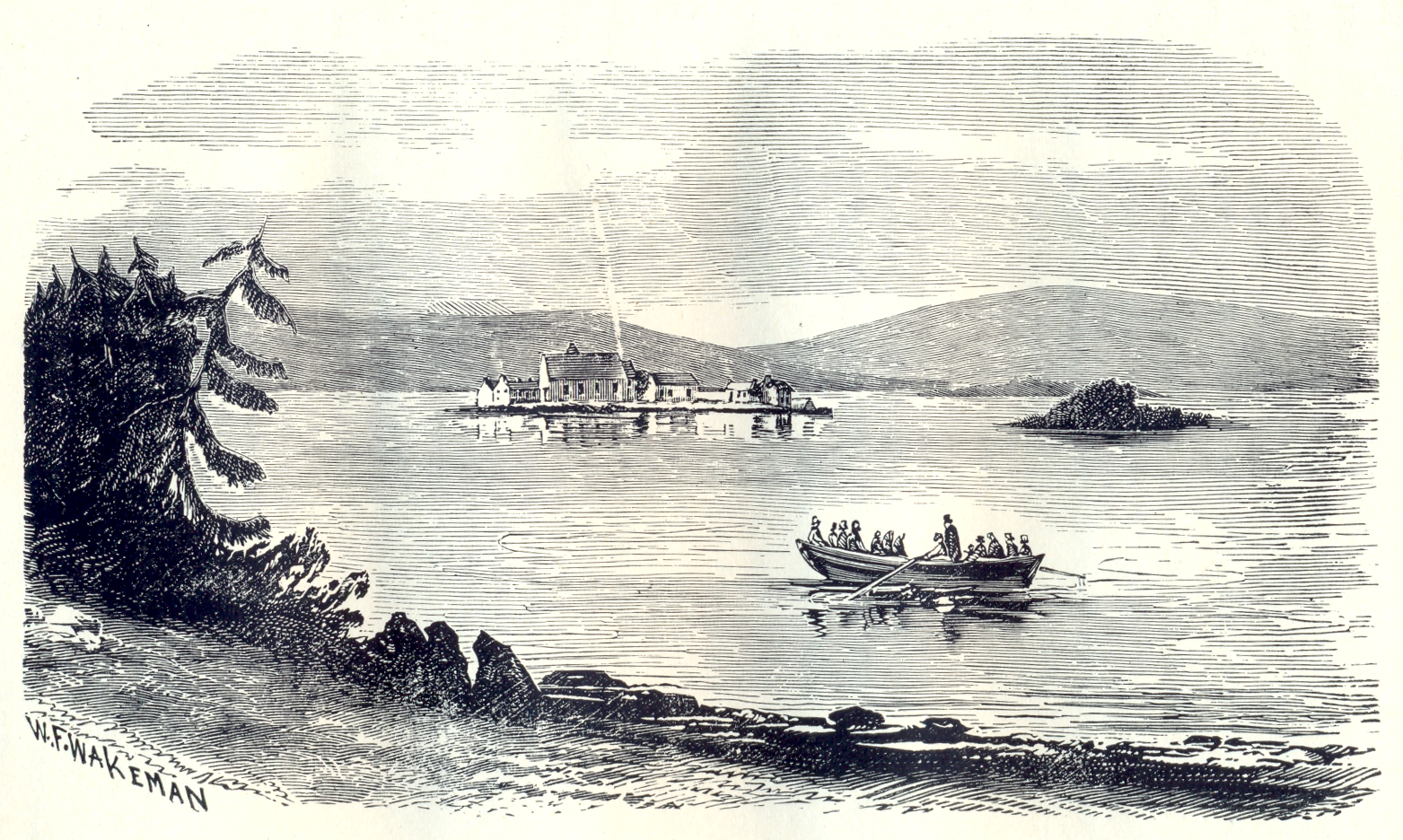William Frederick Wakeman on:
[Wikipedia]
[Google]
[Amazon]
 William Frederick Wakeman (1822 – 15 October 1900) was an
William Frederick Wakeman (1822 – 15 October 1900) was an
 After the closing of the topographical department of the Survey, he took teaching roles at St. Columba's College in
After the closing of the topographical department of the Survey, he took teaching roles at St. Columba's College in
 William Frederick Wakeman (1822 – 15 October 1900) was an
William Frederick Wakeman (1822 – 15 October 1900) was an Irish
Irish may refer to:
Common meanings
* Someone or something of, from, or related to:
** Ireland, an island situated off the north-western coast of continental Europe
***Éire, Irish language name for the isle
** Northern Ireland, a constituent unit ...
archaeologist
Archaeology or archeology is the scientific study of human activity through the recovery and analysis of material culture. The archaeological record consists of artifacts, architecture, biofacts or ecofacts, sites, and cultural landscap ...
, initially producing works as an artist and then as an author.
Life
W. F. Wakeman was born in Dublin, 1822. His father was a publisher. A student of George Petrie, Wakeman produced pen and pencil sketches of land features and antiquities while employed as a draughtsman by theOrdnance Survey of Ireland
Ordnance Survey Ireland (OSI; ga, Suirbhéireacht Ordanáis Éireann) is the national mapping agency of Ireland. It was established on 4 March 2002 as a body corporate. It is the successor to the former Ordnance Survey of Ireland. It and th ...
. The works of this period are held by the Royal Irish Academy
The Royal Irish Academy (RIA; ga, Acadamh Ríoga na hÉireann), based in Dublin, is an academic body that promotes study in the sciences, humanities and social sciences. It is Ireland's premier learned society and one its leading cultural i ...
.
 After the closing of the topographical department of the Survey, he took teaching roles at St. Columba's College in
After the closing of the topographical department of the Survey, he took teaching roles at St. Columba's College in County Meath
County Meath (; gle, Contae na Mí or simply ) is a county in the Eastern and Midland Region of Ireland, within the province of Leinster. It is bordered by Dublin to the southeast, Louth to the northeast, Kildare to the south, Offaly to the so ...
and the Portora Royal and District National Model schools in Enniskillen
Enniskillen ( , from ga, Inis Ceithleann , ' Ceithlenn's island') is the largest town in County Fermanagh, Northern Ireland. It is in the middle of the county, between the Upper and Lower sections of Lough Erne. It had a population of 13,823 a ...
, County Fermanagh
County Fermanagh ( ; ) is one of the thirty-two counties of Ireland, one of the nine counties of Ulster and one of the six counties of Northern Ireland.
The county covers an area of 1,691 km2 (653 sq mi) and has a population of 61,805 a ...
. He eventually abandoned art to pursue his interest in archaeology
Archaeology or archeology is the scientific study of human activity through the recovery and analysis of material culture. The archaeological record consists of artifacts, architecture, biofacts or ecofacts, sites, and cultural landscape ...
.
Wakeman died on 15 October 1900, in Coleraine
Coleraine ( ; from ga, Cúil Rathain , 'nook of the ferns'Flanaghan, Deirdre & Laurence; ''Irish Place Names'', page 194. Gill & Macmillan, 2002. ) is a town and civil parish near the mouth of the River Bann in County Londonderry, Northern ...
, County Londonderry
County Londonderry ( Ulster-Scots: ''Coontie Lunnonderrie''), also known as County Derry ( ga, Contae Dhoire), is one of the six counties of Northern Ireland, one of the thirty two counties of Ireland and one of the nine counties of Ulster. B ...
.
Works
* ** ** * * * * * * * ;As illustrator only * * *References
{{DEFAULTSORT:Wakeman, William Frederick Archaeologists from Dublin (city) Irish draughtsmen 1822 births 1900 deaths